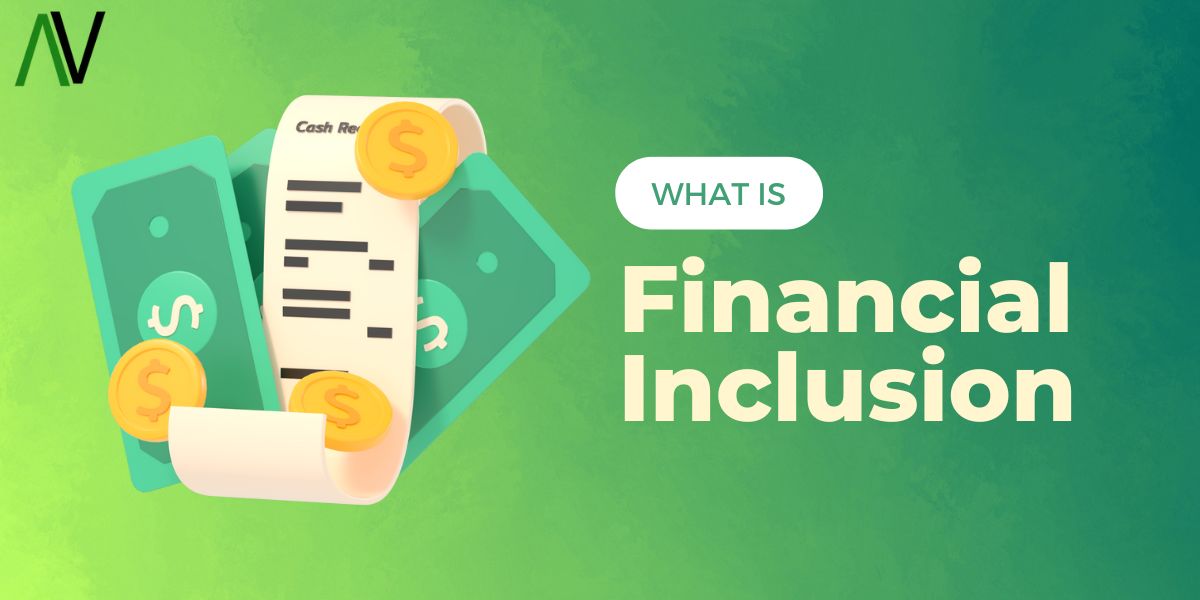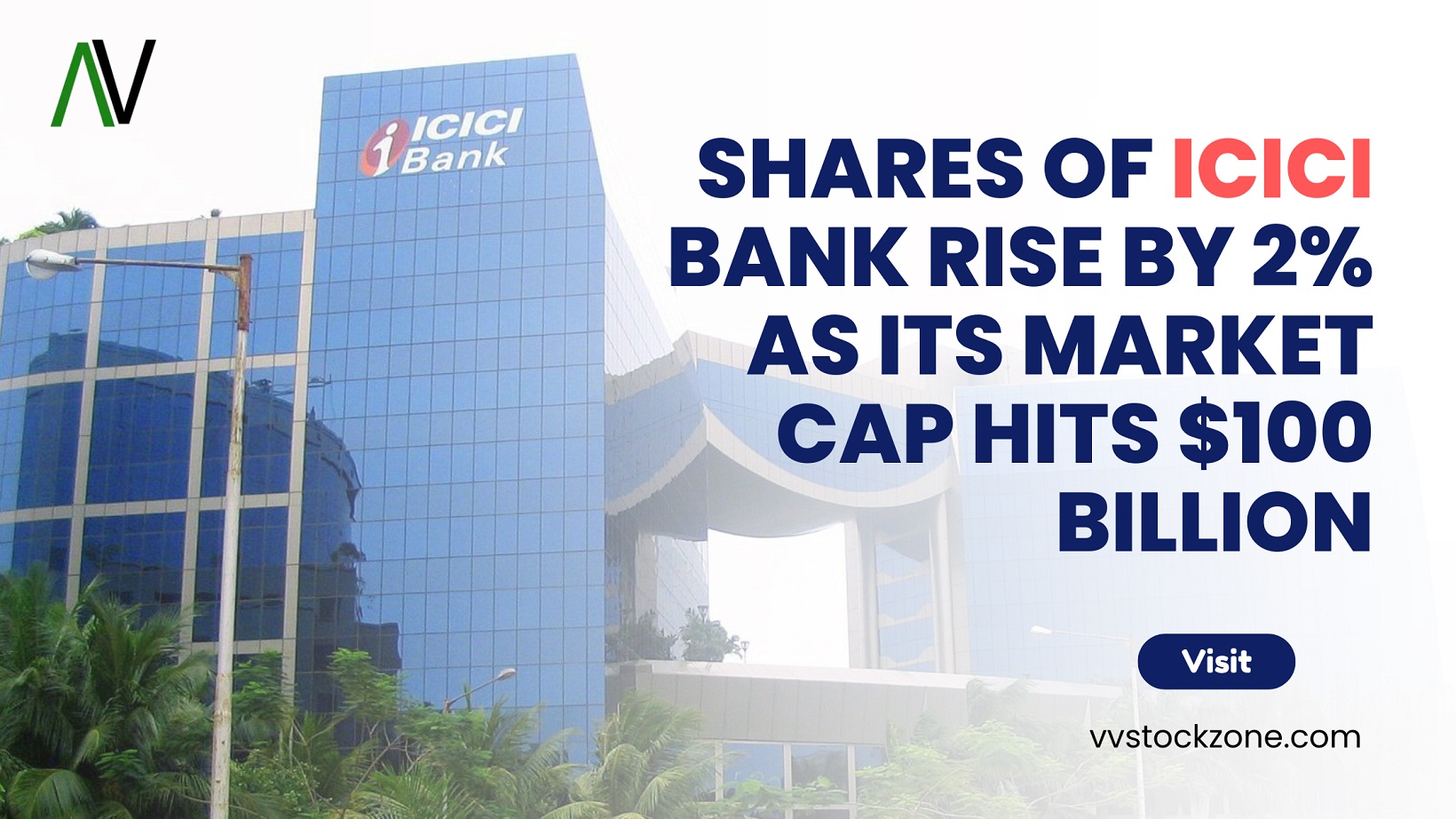Financial inclusion is more than just a buzzword; it’s a vital aspect of economic development and social equity. But what exactly does it mean? In simple terms, financial inclusion refers to ensuring that individuals and businesses have access to useful and affordable financial products and services that meet their needs – transactions, payments, savings, credit, and insurance – delivered in a responsible and sustainable way. The concept aims to remove barriers that exclude people from participating in the financial sector and to promote a more inclusive economy.
The Basics of Financial Inclusion
Let’s break down the key components:
- Access to Financial Services: At its core, financial inclusion means that everyone should have access to basic financial services such as bank accounts, credit, and insurance. This access helps people manage their finances, save money, and plan for the future.
- Affordability: Financial services should be affordable to everyone. High fees and interest rates can discourage people from using financial products, so it’s important that these services are reasonably priced.
- Quality of Services: Access is not enough if the quality of services is poor. Financial services should be reliable, convenient, and tailored to the needs of the users.
- Financial Literacy: Having access to financial services is useless if people don’t know how to use them. Financial literacy involves educating people about how to manage their finances, use credit wisely, and understand financial products.
Why is Financial Inclusion Important?
Financial inclusion is crucial for several reasons:
- Economic Growth: When people have access to financial services, they can save and invest money, which stimulates economic growth. Businesses can expand and create jobs, leading to a healthier economy.
- Poverty Reduction: Access to financial services can help people escape the cycle of poverty. They can save money, access credit for emergencies, and invest in opportunities that improve their standard of living.
- Equality: Financial inclusion promotes social and economic equality. It ensures that everyone, regardless of their socio-economic status, has the opportunity to participate in the economy.
- Empowerment: Financial services empower individuals by giving them control over their finances. This is particularly important for marginalized groups such as women and rural communities.
Barriers to Financial Inclusion
Despite its importance, many people around the world still lack access to basic financial services. Here are some common barriers:
Geographical Barriers: In many rural areas, financial institutions are scarce. People have to travel long distances to reach a bank or ATM, which can be time-consuming and costly.
Economic Barriers: High fees, minimum balance requirements, and other costs can make financial services unaffordable for low-income individuals.
Lack of Documentation: Many financial services require identification documents, which some people, especially in developing countries, may not have.
Lack of Financial Literacy: Without the knowledge of how to use financial services, people may be reluctant to engage with financial institutions.
Cultural Barriers: In some cultures, traditional cash-based economies prevail, and there may be mistrust of formal financial institutions.
Innovations in Financial Inclusion
Innovations in technology and policy are playing a crucial role in overcoming these barriers. Here are some examples:
Mobile Banking: Mobile banking has revolutionized financial inclusion by allowing people to conduct financial transactions through their mobile phones. This is particularly important in areas where traditional banking infrastructure is lacking.
Digital Payments: Platforms like PayPal, Venmo, and mobile money services like M-Pesa have made it easier for people to send and receive money, pay bills, and conduct business transactions.
Microfinance: Microfinance institutions provide small loans to people who do not have access to traditional banking services. These loans can help individuals start businesses, pay for education, and improve their living conditions.
Agent Banking: Agent banking involves using local shops and businesses as banking agents, allowing people to deposit, withdraw, and transfer money without having to visit a bank.
Regulatory Innovations: Governments and regulatory bodies are creating policies that promote financial inclusion, such as simplifying KYC (Know Your Customer) requirements and supporting fintech innovations.
Case Studies of Financial Inclusion
Kenya and M-Pesa: Kenya’s M-Pesa is one of the most successful examples of mobile money services. Launched in 2007, it allows users to deposit, withdraw, transfer money, and pay for goods and services using their mobile phones. M-Pesa has significantly increased financial inclusion in Kenya, where a large percentage of the population was previously unbanked.
India’s Jan Dhan Yojana: India launched the Pradhan Mantri Jan Dhan Yojana in 2014, a national mission to ensure access to financial services, including bank accounts, credit, insurance, and pensions. The initiative has opened millions of bank accounts for people who were previously excluded from the formal banking system.
Bangladesh’s BRAC: BRAC, one of the largest non-governmental organizations in the world, operates a microfinance program that provides small loans to the poor, particularly women. These loans help individuals start businesses and improve their economic status.
The Role of Fintech in Financial Inclusion
Fintech (financial technology) companies are playing a transformative role in advancing financial inclusion. Here’s how:
Innovative Products: Fintech companies are creating innovative financial products that cater to the needs of underserved populations. For example, digital lending platforms provide quick and easy access to credit, often without the need for traditional credit scores.
Lower Costs: By leveraging technology, fintech companies can offer financial services at a lower cost than traditional banks. This makes these services more accessible to low-income individuals.
Increased Accessibility: Fintech solutions, such as mobile banking apps and digital wallets, make it easier for people to access financial services anytime and anywhere.
Improved Financial Literacy: Many fintech companies offer educational resources to help users understand how to manage their finances, use credit wisely, and make informed financial decisions.
Challenges and Future Prospects
While significant progress has been made, challenges remain in achieving universal financial inclusion. These include:
Infrastructure: In many developing countries, the lack of infrastructure, such as reliable internet and mobile networks, hampers the adoption of digital financial services.
Trust and Security: Building trust in digital financial services and ensuring the security of transactions is crucial. Cybersecurity threats and fraud can undermine confidence in these services.
Regulatory Environment: The regulatory environment needs to support innovation while protecting consumers. Striking the right balance is essential for the growth of financial inclusion initiatives.
Economic Stability: Economic instability can affect the sustainability of financial inclusion efforts. For example, inflation and economic downturns can impact people’s ability to repay loans.
Despite these challenges, the future of financial inclusion looks promising. Continued innovation in fintech, supportive government policies, and collaborative efforts between the public and private sectors will drive further progress. Here are some future prospects:
- Blockchain Technology: Blockchain technology has the potential to increase transparency, reduce costs, and improve the efficiency of financial services. It can provide secure and verifiable transactions, which is particularly beneficial for people in areas with weak financial infrastructure.
- Artificial Intelligence (AI): AI can help in providing personalized financial services and improving credit assessments, making it easier for underserved populations to access credit.
- Biometric Identification: Biometric technology, such as fingerprint and facial recognition, can help in providing secure and convenient access to financial services, particularly for people without traditional identification documents.
- Collaborative Efforts: Partnerships between governments, financial institutions, fintech companies, and non-governmental organizations can create a more inclusive financial ecosystem. Collaborative efforts can address the various barriers to financial inclusion and create sustainable solutions.
Conclusion
Financial inclusion is essential for economic development and social equity. It empowers individuals, promotes economic growth, and helps reduce poverty. While significant progress has been made, there is still much work to be done to ensure that everyone has access to affordable, quality financial services.
Innovations in technology and policy are playing a crucial role in overcoming barriers and expanding financial inclusion. Mobile banking, digital payments, microfinance, and regulatory innovations are making financial services more accessible and affordable. Fintech companies are creating innovative solutions that cater to the needs of underserved populations.
The future of financial inclusion looks promising, with advancements in blockchain, AI, and biometric identification offering new opportunities to enhance financial access and security. Collaborative efforts between the public and private sectors will be key in driving further progress.
Ultimately, financial inclusion is not just about access to financial services; it’s about creating an inclusive economy where everyone has the opportunity to participate and thrive. By continuing to work towards financial inclusion, we can build a more equitable and prosperous world for all.





